JAK/STAT Signaling
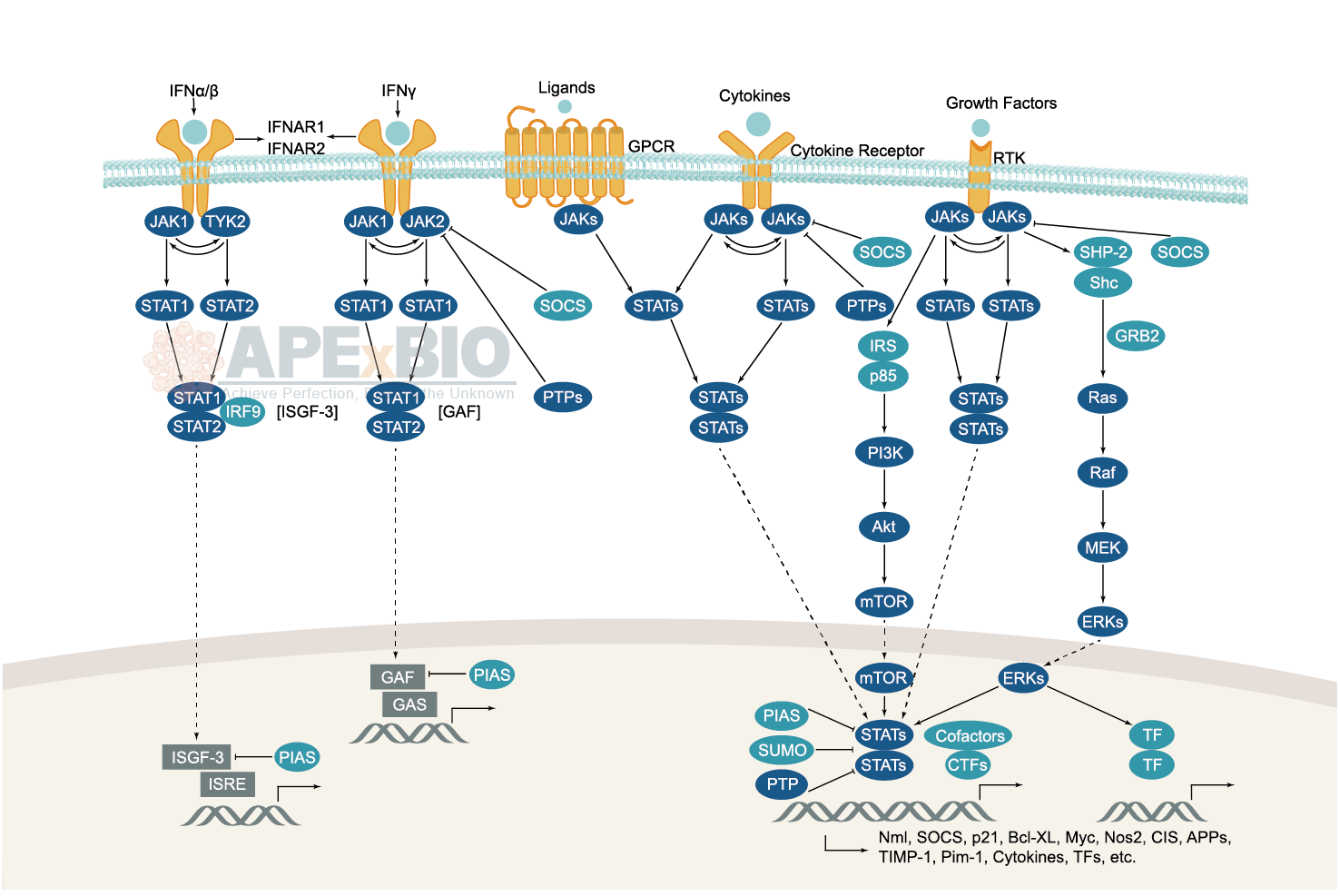
Various ligands including cytokines (e.g. interferons and interleukins), hormones (e.g. erythropoietin and growth hormone) and their cell surface receptors activate JAK proteins, which autophosphorylate, and then phosphorylate the receptor. Subsequently, JAKs phosphorylate a specific tyrosine residue on the STAT protein, promoting dimerization via SH2 domains. The activated STATs form homo-/heterodimers and translocate to the nucleus to trigger target gene transcription. In addition, suppressors of cytokine signaling (SOCS) family inhibit receptor signaling via homologous or heterologous feedback regulation. Dysregulation in JAK/STAT signaling is associated with diseases such as atherosclerosis, immunodeficiencies and cancer.
-
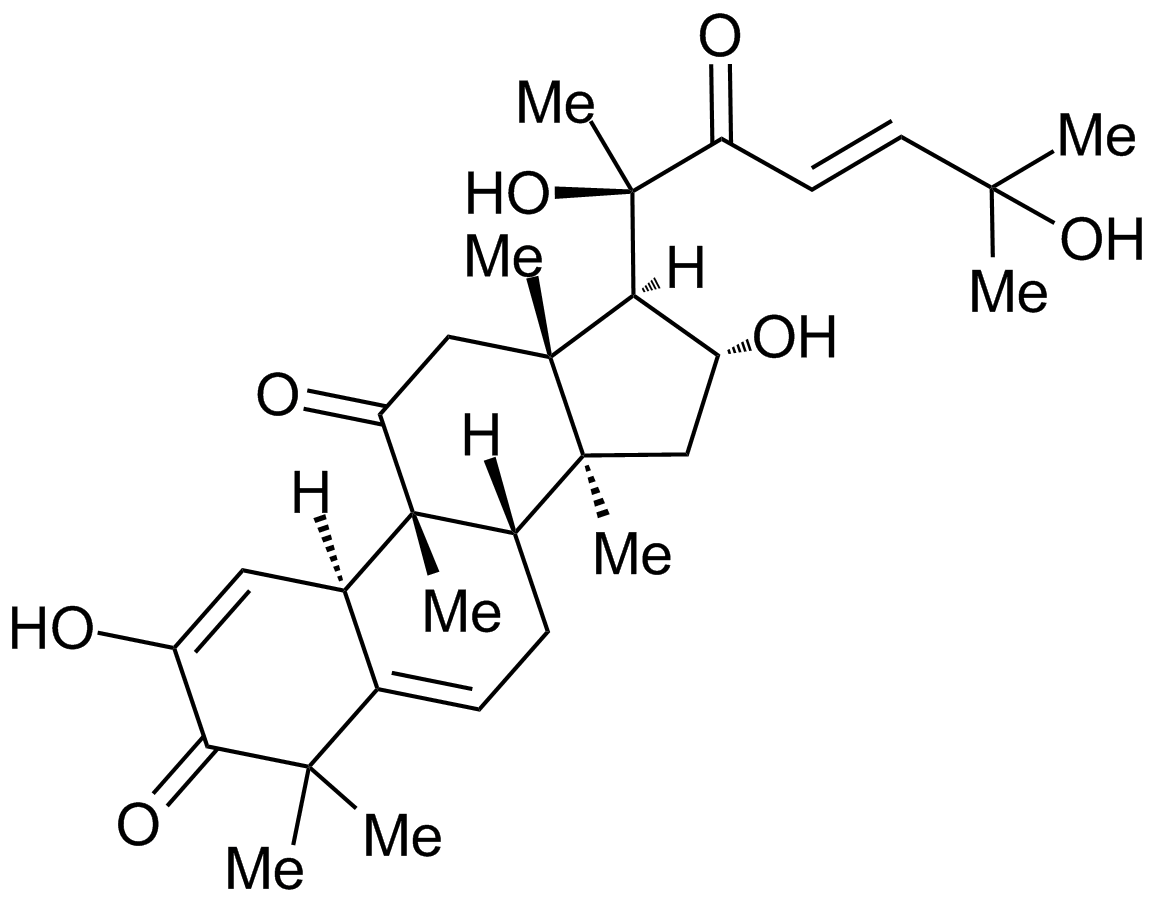 A4512 Cucurbitacin ITarget: STAT|JAKSummary: STAT3/JAK2 signaling inhibitor
A4512 Cucurbitacin ITarget: STAT|JAKSummary: STAT3/JAK2 signaling inhibitor -
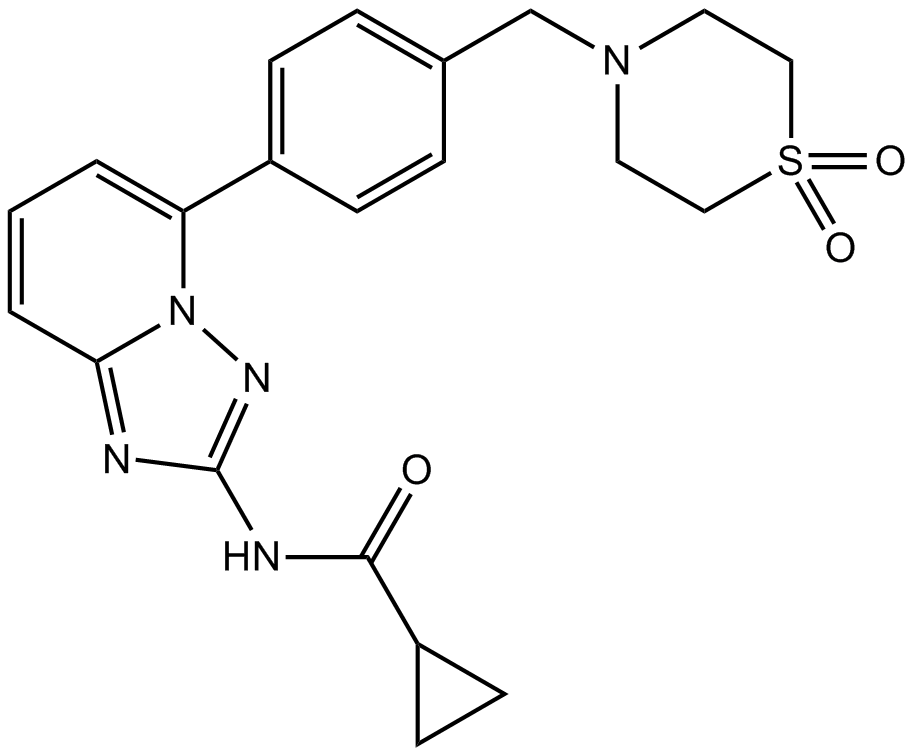 B1130 GLPG06341 CitationTarget: JAKSummary: JAK1 inhibitor
B1130 GLPG06341 CitationTarget: JAKSummary: JAK1 inhibitor -
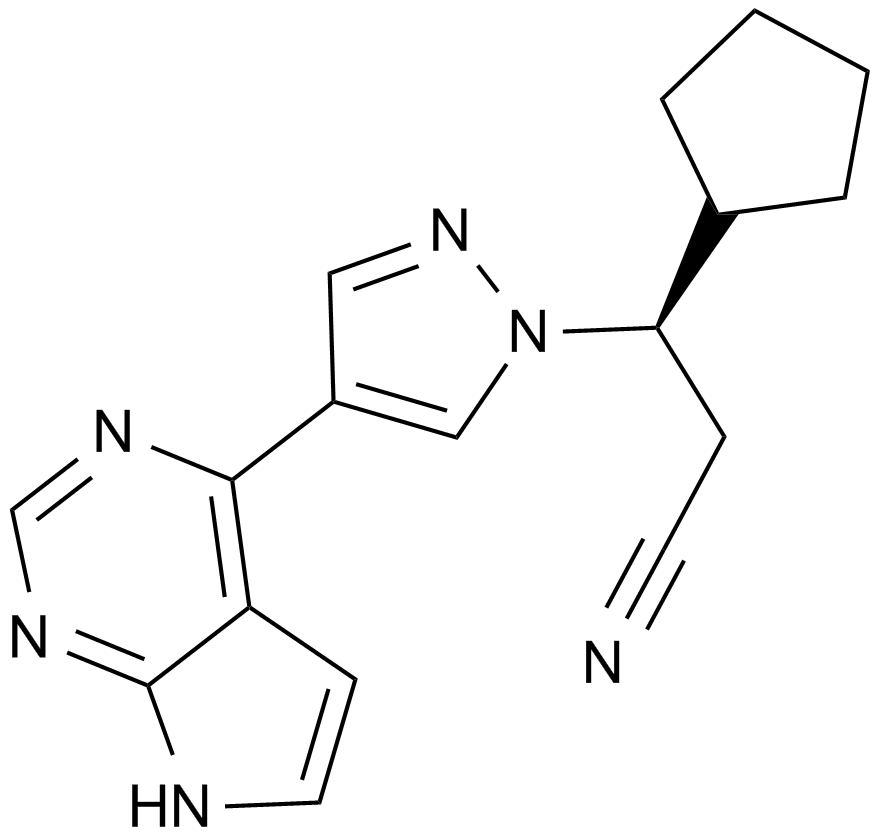 A3012 Ruxolitinib (INCB018424)4 CitationTarget: JAKSummary: JAK inhibitor
A3012 Ruxolitinib (INCB018424)4 CitationTarget: JAKSummary: JAK inhibitor -
 A4135 Tofacitinib (CP-690550) Citrate2 CitationTarget: JAKSummary: Potent JAK inhibitor
A4135 Tofacitinib (CP-690550) Citrate2 CitationTarget: JAKSummary: Potent JAK inhibitor -
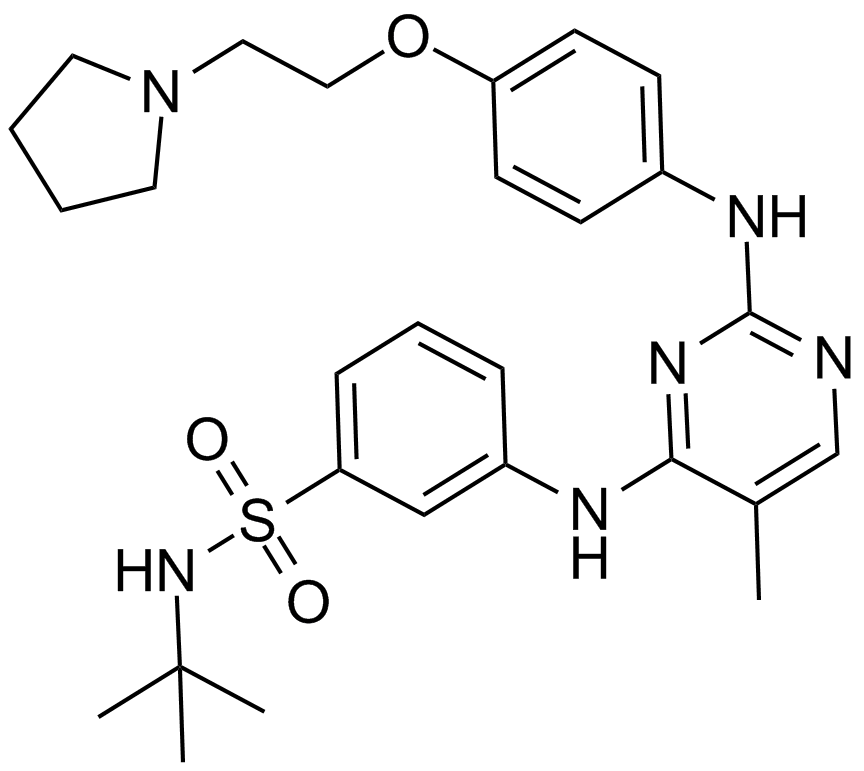 A4136 TG101348 (SAR302503)2 CitationTarget: FLT3|JAK|c-RETSummary: JAK-2 inhibitor,potent and selective
A4136 TG101348 (SAR302503)2 CitationTarget: FLT3|JAK|c-RETSummary: JAK-2 inhibitor,potent and selective -
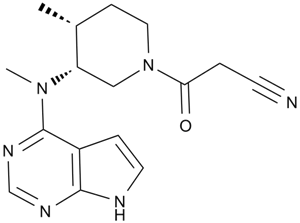 A4138 Tofacitinib (CP-690550,Tasocitinib)1 CitationTarget: JAKSummary: Janus kinase inhibitor
A4138 Tofacitinib (CP-690550,Tasocitinib)1 CitationTarget: JAKSummary: Janus kinase inhibitor -
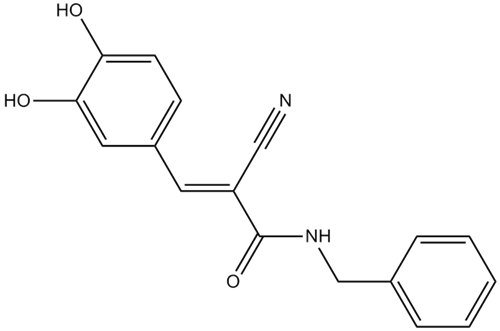 A4139 AG-4903 CitationTarget: EGFR|JAKSummary: JAK2/EGFR inhibitor
A4139 AG-4903 CitationTarget: EGFR|JAKSummary: JAK2/EGFR inhibitor -
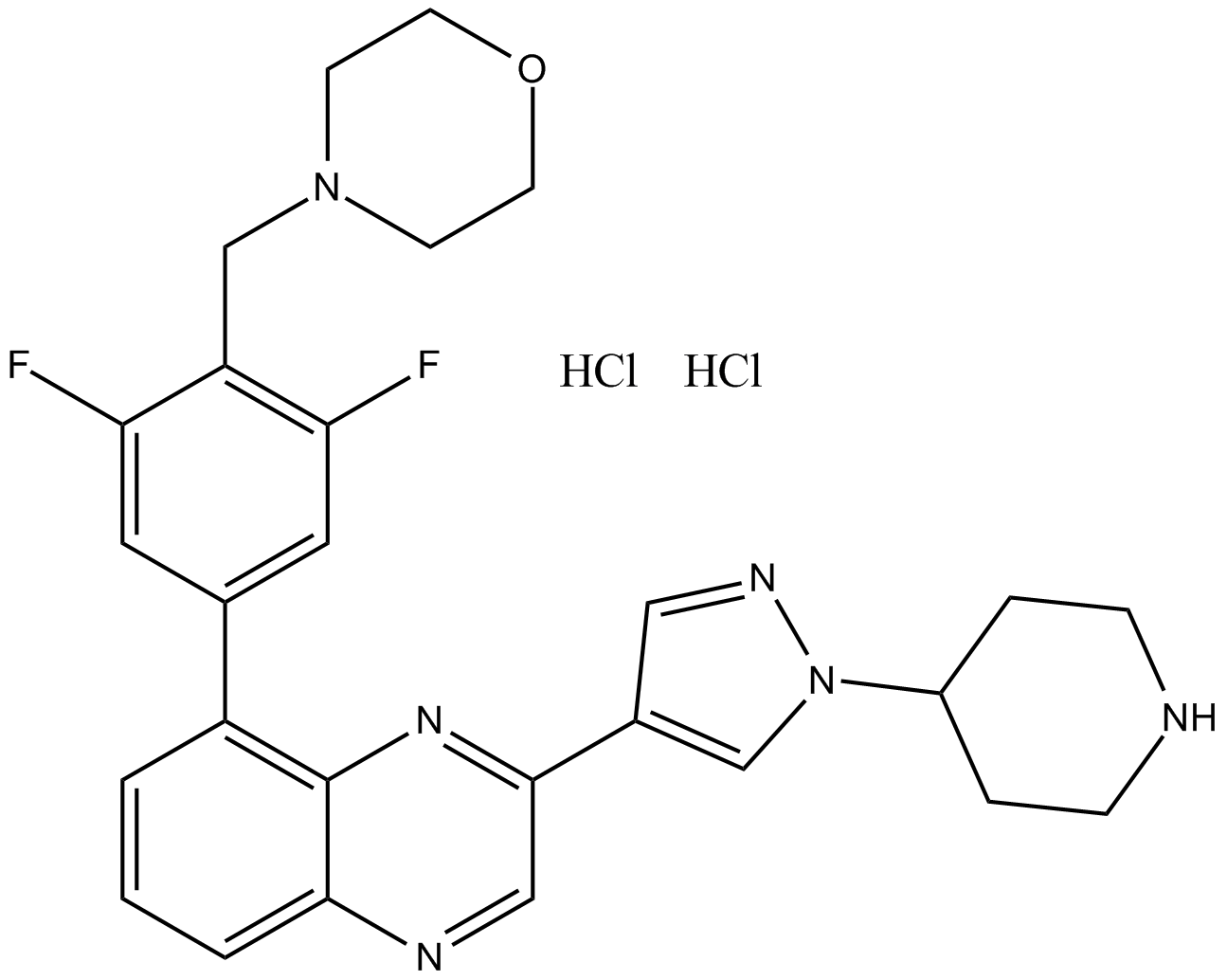 A4148 NVP-BSK805 2HClTarget: JAKSummary: JAK2 inhibitor
A4148 NVP-BSK805 2HClTarget: JAKSummary: JAK2 inhibitor -
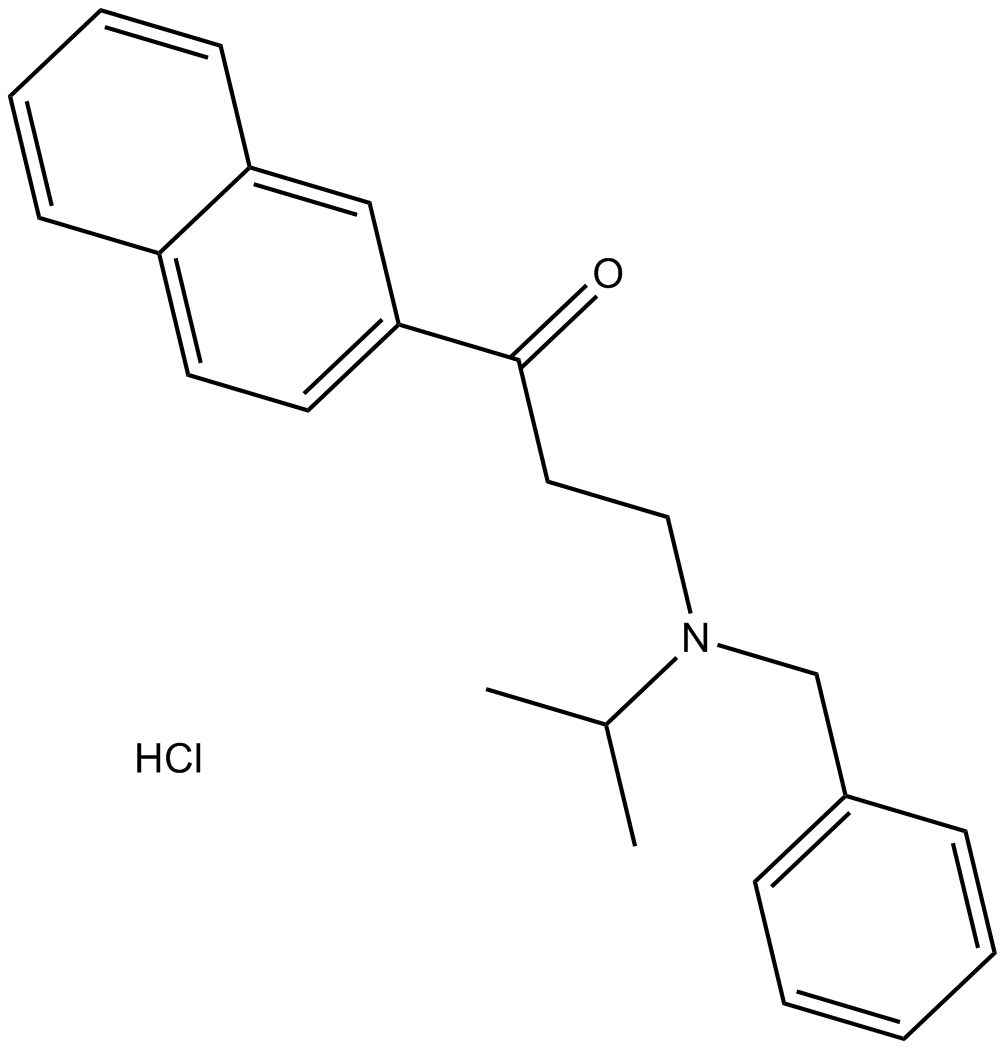 A4151 ZM 39923 HClTarget: JAKSummary: JAK3 inhibitor,potent and selective
A4151 ZM 39923 HClTarget: JAKSummary: JAK3 inhibitor,potent and selective -
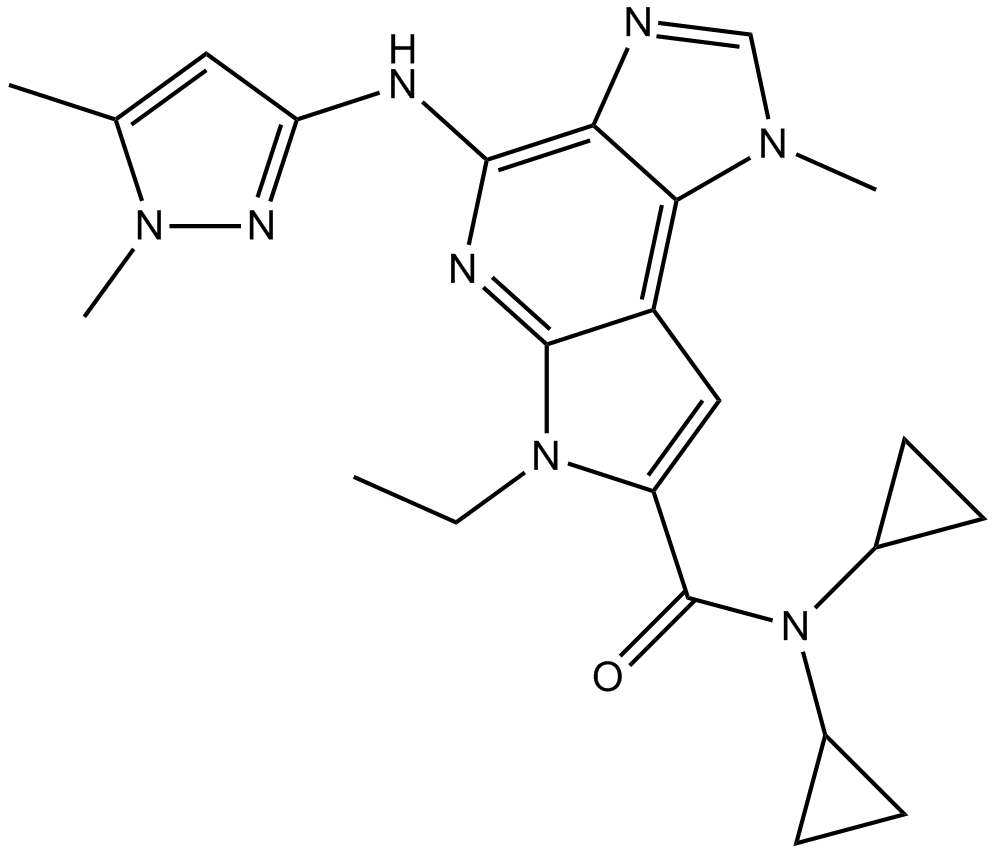 A4152 BMS-911543Target: JAKSummary: JAK2 inhibitor,selective small molecule
A4152 BMS-911543Target: JAKSummary: JAK2 inhibitor,selective small molecule

